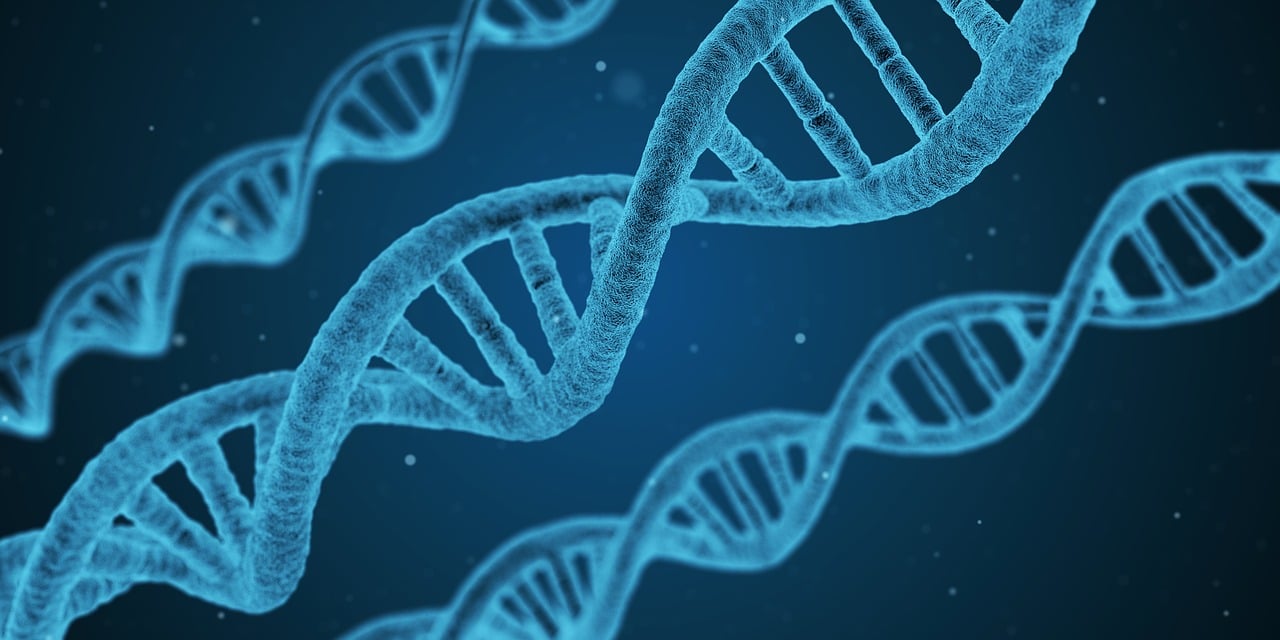Are you curious about how the process of burning fat actually works? Well, you’re in luck! In this article, we will explore the fascinating world of fat burning and unravel the mysteries behind this essential bodily function. Understanding how your body breaks down fat can not only help you achieve your weight loss goals but also provide valuable insights into maintaining a healthy lifestyle. So, sit back, relax, and prepare to embark on a journey of discovery as we shed light on the intricacies of burning fat.
How Does Burning Fat Work
Understanding Fat
To understand how burning fat works, it’s important to first have a basic understanding of fat itself. Fat is an essential macronutrient that serves as a source of energy for the body. It is stored in adipose tissue and acts as a cushioning and insulating layer. There are different types of fat, including visceral fat, subcutaneous fat, brown fat, white fat, and beige fat, each with its own characteristics and functions.
The Role of Metabolism
Metabolism plays a crucial role in burning fat. It is the process by which the body converts food into energy. The rate at which your body burns energy at rest is called the Basal Metabolic Rate (BMR). Metabolism is influenced by various factors, including age, genetics, muscle mass, and hormones. Understanding how your metabolism works can help you optimize fat burning.
The Caloric Deficit Approach
One of the most effective strategies for burning fat is creating a caloric deficit. This means consuming fewer calories than you burn, forcing your body to tap into its fat stores for energy. To achieve a caloric deficit, you need to calculate your daily caloric needs and then adjust your diet and exercise routine accordingly. It’s important to strike a balance between reducing caloric intake and ensuring adequate nutrient intake.

The Role of Exercise
Exercise plays a significant role in burning fat. It increases your overall caloric expenditure and enhances your metabolism. Incorporating both cardiovascular exercise and resistance training into your fitness routine can maximize fat burning. Cardiovascular exercises, such as running or cycling, help burn calories during the workout and also increase your overall metabolic rate. Resistance training, on the other hand, helps build muscle, which can further boost your metabolism and fat burning potential.
The Role of Diet
Alongside exercise, diet plays a crucial role in burning fat. Consuming a balanced diet that is rich in macronutrients is important for supporting fat burning. Proteins, in particular, are essential for muscle growth and repair, which can increase your metabolic rate and overall fat burning potential. Carbohydrates provide energy for workouts, while healthy fats, such as those found in avocados and nuts, can support satiety and hormone function.
Types of Fat
Understanding the different types of fat can help you better target your fat burning efforts. Visceral fat is the type of fat that surrounds the organs in your abdominal cavity and poses a higher risk to your health. Subcutaneous fat, on the other hand, is located just beneath the skin and is the type that you can pinch. Brown fat is a type of fat that generates heat and can aid in burning calories. White fat is the most abundant type of fat and serves as an energy storage. Lastly, beige fat is a type of fat that can be converted from white fat in response to certain stimuli.
Factors Affecting Fat Burning
Numerous factors can impact your body’s ability to burn fat. Gender and hormones play a significant role, as men typically have a higher muscle mass and a faster metabolism compared to women. Muscle mass itself also affects fat burning, as muscles burn more calories even at rest. Adequate sleep and managing stress levels are important for regulating hormone levels and supporting optimal fat loss. Certain medical conditions and medications can also affect fat burning, making it important to consult with a healthcare professional for personalized advice.
The Science Behind Fat Burning
Fat burning involves several complex processes within the body. Lipolysis is the breakdown of fat stored in adipose tissue into fatty acids. These fatty acids are then mobilized and transported to the mitochondria in cells, where they undergo beta-oxidation to produce energy. Mitochondria are the powerhouse of the cell and play a crucial role in fat burning. Adiponectin and leptin, two hormones secreted by fat cells, also impact fat burning by regulating appetite, energy expenditure, and metabolism.
Common Myths About Fat Burning
There are many myths circulating about fat burning that can be misleading. One common myth is spot reduction, the belief that you can target fat loss in specific areas of the body through exercise. However, fat burning occurs throughout the body and cannot be localized to specific areas. Another myth is that certain foods or supplements can magically burn fat. While some foods may slightly increase metabolism or provide other health benefits, there are no magical solutions for instant fat burning. It’s important to focus on overall lifestyle changes and sustainable habits for long-term fat loss.
Tips for Effective Fat Burning
To optimize fat burning, there are several tips and strategies you can implement. First and foremost, maintaining a consistent exercise routine that includes both cardiovascular exercise and resistance training is key. Cardiovascular exercise helps burn calories and increase metabolism, while resistance training builds muscle and improves overall body composition. Balancing caloric intake and expenditure is crucial, so tracking your food intake and ensuring a caloric deficit is essential. Prioritizing quality sleep and managing stress levels are also important, as both can impact hormones related to fat burning. Being mindful of portion sizes, staying hydrated, avoiding crash diets, and seeking professional guidance when needed are additional tips to support effective and sustainable fat burning.
In conclusion, burning fat is a complex process that involves multiple factors, including metabolism, diet, exercise, and overall lifestyle choices. Understanding how fat is stored and metabolized in the body can help you make informed decisions to optimize fat burning. By creating a caloric deficit through diet and exercise, incorporating both cardiovascular and resistance training, and focusing on a balanced diet, you can effectively embark on a journey towards sustainable fat loss. Remember, it’s important to prioritize overall health and wellness, and to always consult with a healthcare professional before making significant changes to your diet and exercise routine.




